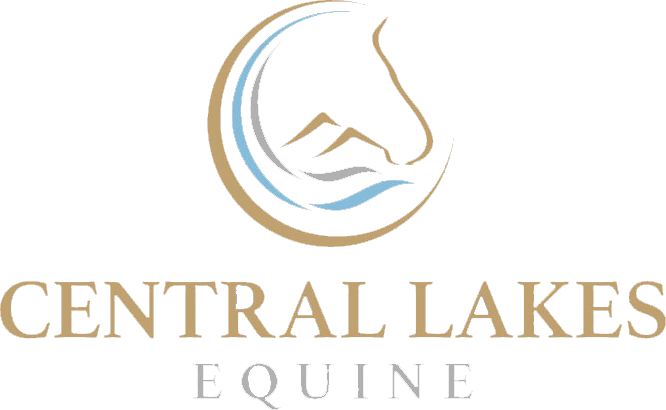Just a couple of photos this week to assist in bandaging technique for lower limb wounds.
We have seen a few fence injuries recently that require bandaging. Bandaging is a great way to improve wound healing by promoting granulation tissue which prevents infection. In addition, it then promotes new skin growth which inhibits proud flesh formation.
NOTE:
A layered bandage is required to avoid painful bandage sores. See photo diary.
This technique does not apply to the Carpus (knee) or Hock.
Bandages over mobile joints need a different technique.
1: These are examples of a primary layer to a bandage. These dressings are non-stick and should be held on by a conforming padding such as softban seen in the picture.
2: This picture shows the softban holding the non-stick dressing in place.
3: Next is the secondary layer to the bandage which consists of padding. Padding helps to absorb wound discharge but also reduces the risk of bandage sores. This padding can be of different thicknesses depending on requirement.
4: The last layer is the tertiary bandage layer and consists of vetwrap. This compresses the padding and can be used under different pressures for desired result.
5: The Elastoplast is used to assist in compression, but also to prevent foreign material from entering the top and bottom of the bandage. It also acts as a shower resistant layer.






